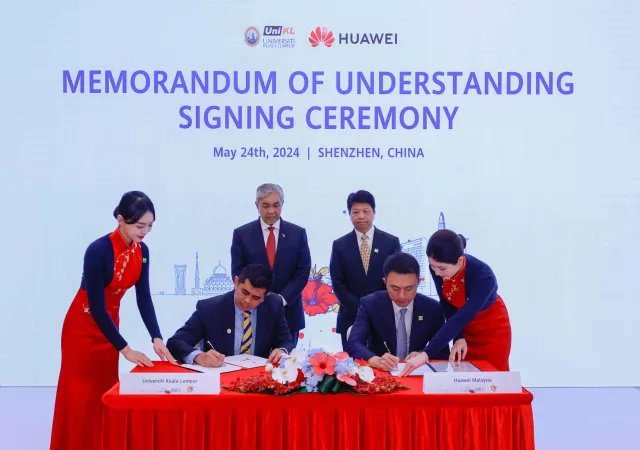As more cities move towards becoming Smart Cities, the need to strengthen core digital infrastructure requires a shift from being reactive to proactive.
Developing and Enhancing Cyber Resilience in Core Infrastructure
From mobile dominance to cybersecurity and threat intelligence, BlackBerry has pivoted to apply its know-how to enhance and enable cyber resilience at scale.
UniKL and Huawei Malaysia Join Forces to Advance Smart City and Flood Mitigation Technologies
Huawei Malaysia and UniKL sign a memorandum of understanding (MoU) paving the way for bilateral collaboration that will focus on smart cities and flood mitigation.





